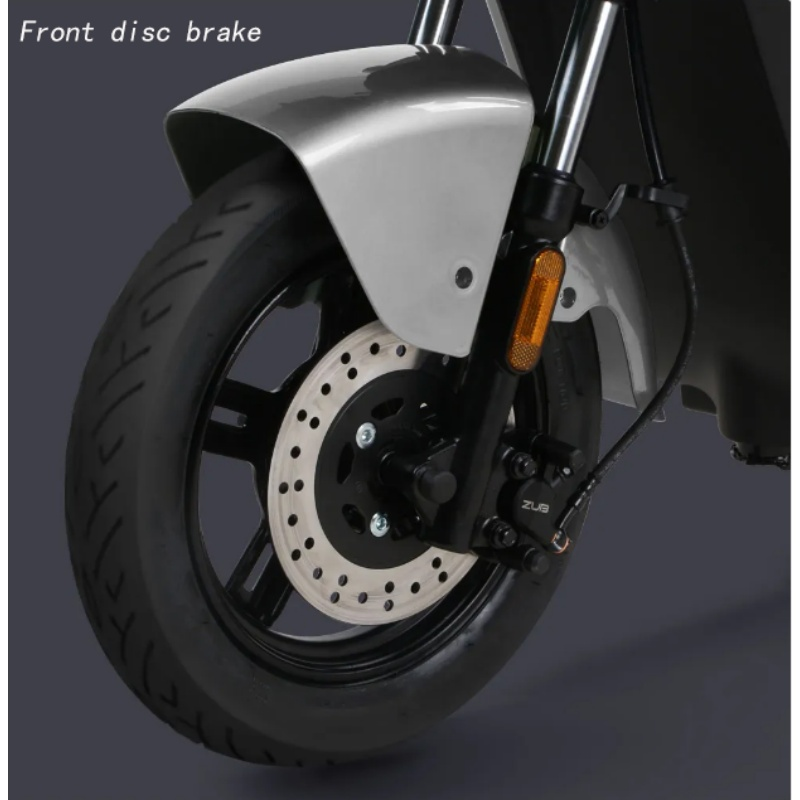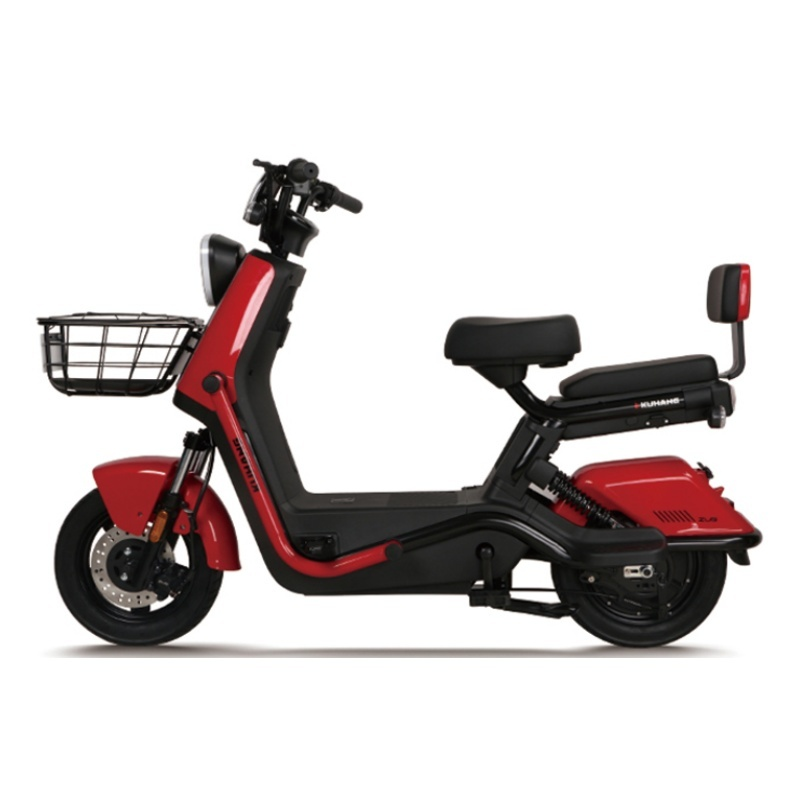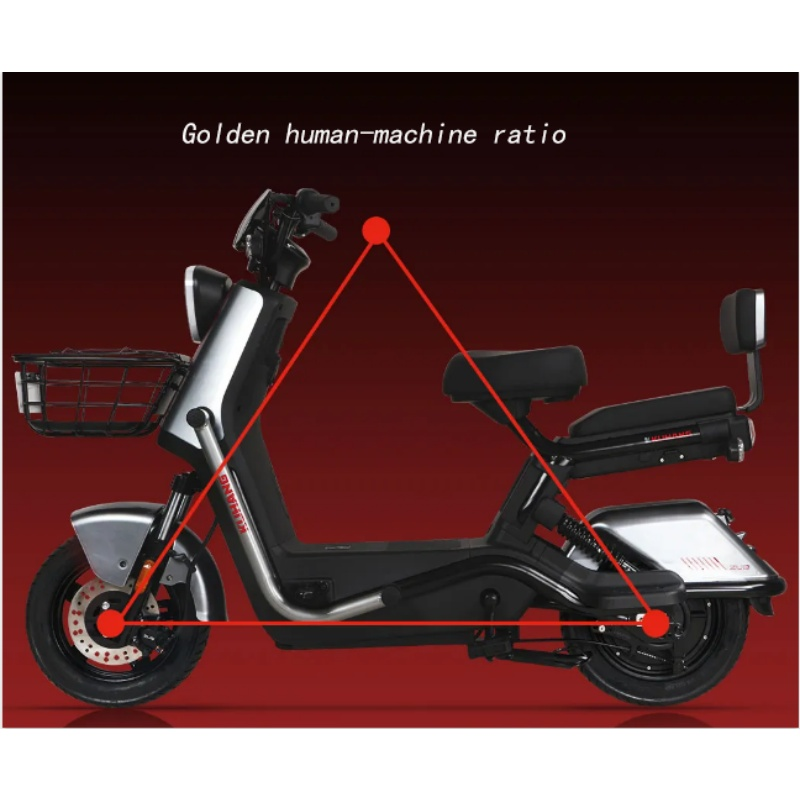e bike price
E bike prices represent a crucial factor in the growing electric bicycle market, ranging from budget-friendly options starting at $500 to premium models exceeding $8000. This price spectrum reflects various factors including battery capacity, motor power, frame materials, and overall build quality. Entry-level e bikes typically feature basic components, smaller batteries, and hub motors, while mid-range options ($1500-$3000) offer improved battery life, more powerful motors, and better components. Premium e bikes incorporate advanced features like torque sensors, integrated GPS, smartphone connectivity, and high-end components. The price also varies based on the intended use, with commuter e bikes generally being more affordable than specialized mountain or cargo e bikes. Factors influencing e bike prices include battery technology (typically lithium-ion), motor type (hub or mid-drive), frame construction (aluminum, carbon fiber, or steel), electronic systems, and brand reputation. Modern e bikes feature regenerative braking, multiple assistance levels, and sophisticated battery management systems, all of which impact the final price point.


